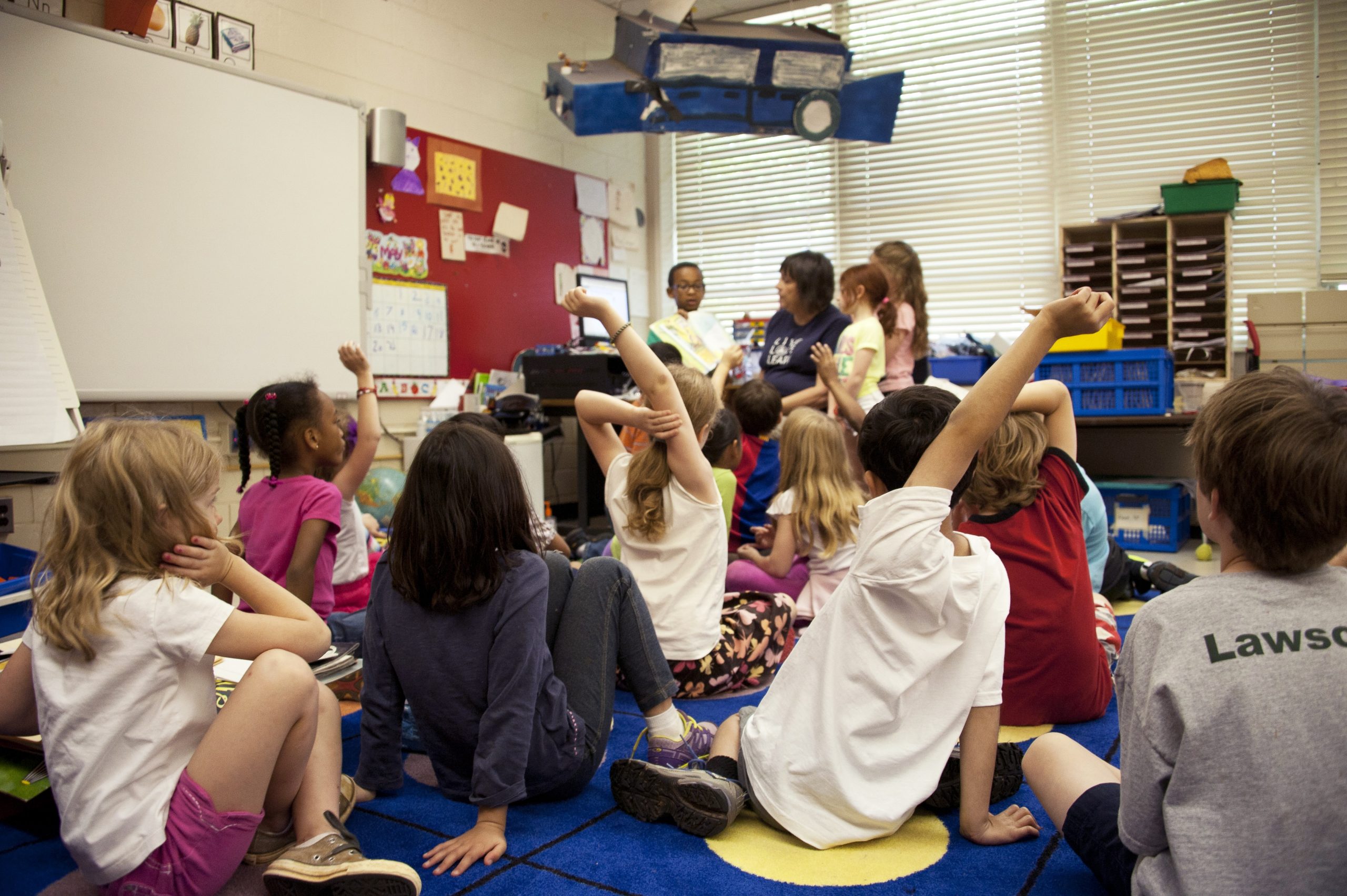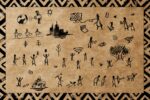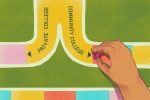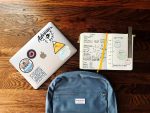The use of technology in education has become a driving force and a source of quality and effective education. It is said to rouse a student’s curiosity and interest in learning while providing ample room and resources to prepare. Kelly, a program coordinator for Primary Years, says that “technology allows increased differentiation, better and individualized learning capability, varied and continuous assessments and actual integration into the real world.”
Using quality technology devices can help students access and assess their skills, especially with a reward system and conditions for use similar to free mobile pokies. Therefore, professionals or educators should provide a 21st-century learning environment to match the current development and technological advancement.
Here are the top useful school devices in the world today!
- Interactive and Creative Spaces
- Projectors, Smartboards and Smart Tables
- Ultra-High-Definition Television
- Tablets, PCs and Smart Mobile Phones
- Audio Enhancing Tools/Devices
- Cameras
1. Interactive and Creative Spaces
Changes in technology result in changes in the learning environment. The environment has learning spaces that require the incorporation of new technologies and devices for students’ use. The learning environment should use available technology to ensure a “personalised, adaptive and focused” form of education, according to Kurani, an architect, and Zoe of Misadventures. The two form a team of individuals trying to incorporate technology and education into a single environment using design. For instance, a classroom can include a sitting area with complete technological tools such as Skype Mountain, where students come together and connect with the outside world.
The classroom would include spacious areas where individuals can congregate for discussions. These spaces would include student-directed subjects and learning zones, plus a film or picture-based learning environment for topics under study.
2. Projectors, Smartboards, and Smart Tables
Projectors are a must-have device for schools today. The device uses a simple technology, is reputable, and has been in use for longer. Today, you can find interactive projectors that can project images or moving pictures on any flat surface regardless of the background. The device’s connector is compatible with various other electronic devices, making it simple to use.
Smartboards work similar to a whiteboard, but these can record and save what you write on them. It is easier to remember your notes, do revisions and check the quality of work at a later time. Every single sentence or text on the smartboard transforms into a visual, tangible and digital line. Students can manipulate, redesign and explore available online options for use on the device; you can also find touch-enabled smartboard screens or ones with internet access settings. Students only need the smartboard and a digital marker or real marker to use it.
Smart tables are an extension of smartboards. The huge device design is a table with a display or monitor as the tabletop. The device is not only stable but also steadier than the wall-mounted computer displays. Also, the smart table can support various touch screen sensitive points for multiuse. The smart table layout is simple, easy to reach and compatible with varying students’ abilities.
3. Ultra-High-Definition Television
Projectors may be a simple solution to film and picture displays, but ultra-high-definition television dwarfs it. The television device has better image resolution, film characteristics, and capabilities such as freeze and playback. The unique thing with this school device is the ability to edit, redesign and store learning materials for reference later. It is a feature that helped many to develop their talents, especially artists and designers.
The quality display, four times the resolution of HD TV, isn’t the only attractive element of the ultra-high-definition television. Students can employ “viewing glasses” specialized for use with the 3D display. You can use it to study images on your digital textbooks or develop or go through 3D theater representation. Tech Crunch reports that more students in universities have more access and use free digital textbooks. As a result, and in combination with the quality presentation, digital textbooks are gaining popularity. Still, the format has now changed into online digital databases for any study resources for individuals worldwide.
4. Tablets, PCs, and Smart Mobile Phones
These devices are regular or normal occurrences in today’s classrooms. In the developed world, a PC or a tablet with a student is normal, and in developing countries, you will find students carrying smartphones to class. These devices carry similar features and functionalities, allowing students to network. At the same time, they are compact and portable. From the convenience arising from using tablets, PCs and smartphones, “flipped classrooms” popularity rose to an all-time high. Lecturers would provide study materials for students to learn through the day and outside school premises but return to class for an assignment or testing after the study period.
Digital devices like these allow individuals to connect on the same level. For instance, students remain networked together, using similar infrastructure and working together toward a similar goal. According to the Rethinking Literacy online teacher conference, it helps boost teamwork, bears quality outcomes with assignments, and it is rumored to have more capabilities under discussion or study.
5. Audio Enhancing Tools/Devices
Every study system requires high-quality audio devices. While enhancing audio systems can incorporate several devices, including wireless microphones and speakers. The devices could also interconnect using multimedia devices such as a camera to help a participating student or lecturer join the current matter under study from a remote area. Quality speakers ensure easy and clear sound transmission for clarity of information passed. One of the studies on the benefits of audio enhancing devices in a classroom included “higher memory retention levels. Better student interaction and engagement during study sessions and more energetic facilitators or teachers.”
Today, schools can acquire directional sound speaker devices for use in multipurpose halls. The speaker directs sound in a specific direction ensuring no disturbance to other areas of the hall. Plus, if you have challenges with your hearing, you can tweak the sound or volume of the speakers around you, amplifying it.
6. Cameras
These are the most convenient learning devices in a school. Cameras appear in every technological device, including a PC, tablet, smartphone or desktop. Students can install programs onto these devices to allow for programs such as Skype to run. Using Skype, carrying out a classroom lecture is simple and accessible to all individuals regardless of location. Lecturers can prepare various teaching materials and employ varying teaching forms providing unique educational experiences. In some advanced study classrooms, you will find a smart table or a projector equipped with a camera. Cameras record and highlight individual strengths and weaknesses.
Summary
The above tools are the most useful school devices available to people. However, the cameras, smartboard or tables, audio enhancements, ultra-high-definition television are not the only school devices out there. Professionals should assess their student needs before equipping any classroom. After all, technology and devices are meant to improve student learning capabilities and skills.
















